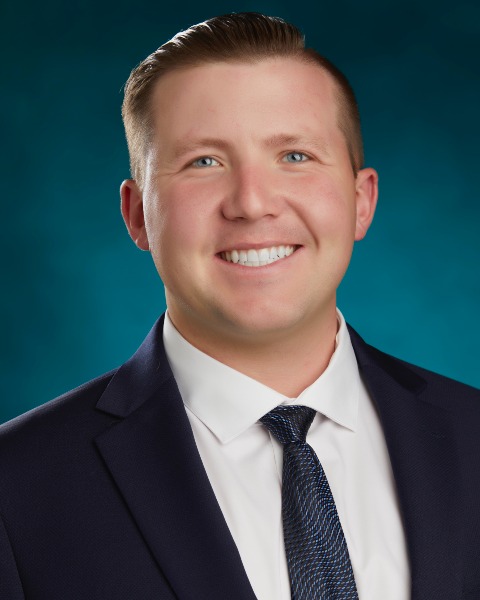Infectious Diseases
Session: Infectious Diseases 2
66 - Evaluation of Outpatient Antibiotic Prescribing for Children: A Roadmap to Implement a Collaborative Outpatient Antimicrobial Stewardship Program.
Saturday, May 4, 2024
3:30 PM - 6:00 PM ET
Poster Number: 66
Publication Number: 66.1542
Publication Number: 66.1542

Stephen M. Troop (he/him/his)
Medical Student
Southern Illinois University School of Medicine
Springfield, Illinois, United States
Presenting Author(s)
Background: Antibiotics are the most prescribed medications to children in the US with the majority prescribed during outpatient visits. Inappropriate antibiotic use is common in outpatient settings, contributing to the emergence of bacterial resistance, increased adverse reactions, and cost. However, unlike inpatient settings, establishing outpatient Antibiotic Stewardship Programs (ASP) implemented under CDC guidelines has been modest to non-existent.
Objective: Our objective is to evaluate overall antibiotic prescribing for children seen in our outpatient pediatric and family medicine (FM) clinics and to describe rates and trends of common infectious syndromes. These findings will inform interventions to implement and establish a collaborative Outpatient ASP.
Design/Methods: We performed a retrospective analysis of outpatient visits of children ≤ 20 years to Pediatric and FM clinics between January 2018 and August 2022. Data on unique visits were extracted from the electronic medical record, including diagnosis codes and antibiotic prescription details. Descriptive statistical analyses were performed using R statistical software.
Results: 22,219 children were evaluated during 97,809 visits (53.4% in Pediatrics versus 46.6% in FM). Of these, 24,970 were visits with infections (25.5%) [Table 1]. Antibiotics were prescribed in 9.7% of all visits and 33.8% of infection-related visits with noticeable reduction during the COVID-19 pandemic [Figure1]. Otitis media (OM) accounted for the most antibiotic prescriptions (36.6%), followed by sinusitis (18.7%), pharyngitis (10.9%) and skin and soft tissue infections (SSTI; 8.0%). Amoxicillin was the most frequently prescribed antibiotic (36.8%), followed by Amoxicillin-clavulanate (17.5%) and Cefdinir (12.7%). Fluoroquinolone use was 0.8% of prescriptions. Antibiotics were concordant with guidelines most of the time for OM (94.0%), SSTI (98.5%) and pharyngitis (97.1%) but were lower for CAP (75.7%) and sinusitis (74.5%). FM providers prescribed more antibiotics for pharyngitis (40% vs. 23% in pediatrics), with an even greater difference for children < 3 years (61.4% vs. 18.4%, p < 0.001).
Conclusion(s): The average antibiotic prescription rate in our outpatient settings is similar to the national rate. Antibiotics use for OM and SSTI is guideline-concordant, but their use for CAP, sinusitis and pharyngitis are potential targets for ASP interventions. Our findings describe antibiotic use in our outpatient settings and identify gaps and priorities and provide a baseline for our future interventions to achieve our overarching goal of establishing a successful outpatient ASP.
.png)
.png)
